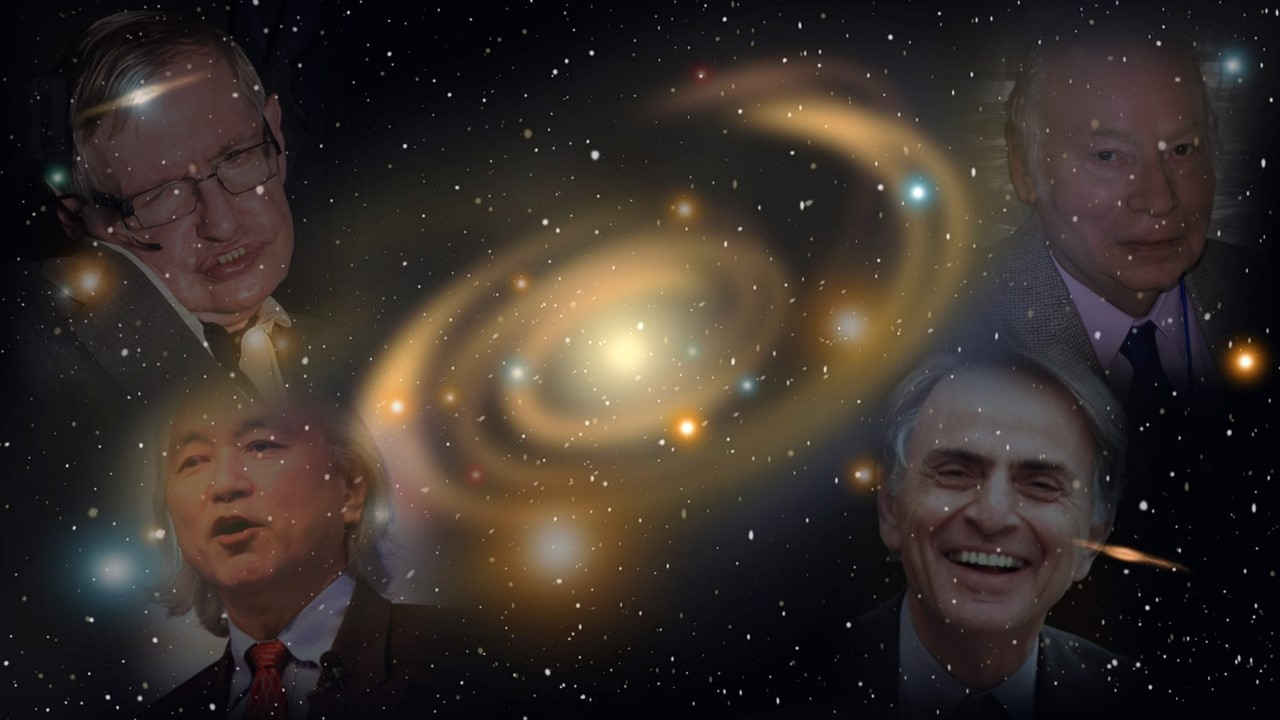
Books break the shackles of time... one glance at a book and you are inside the mind of another person, maybe somebody dead for thousands of years. A book is proof that humans are capable of working magic.
That is how astronomer Carl Sagan described his love of books in the popular TV show Cosmos: a personal voyage. As per him, a book allows reader to see back in time much like a telescope, binding together people who never knew each other, citizens of distant epochs.
In this post, let us take a look at 10 great astronomy and astrophysics books that every science student should read. These highly popular books were written by famous scientists of this generation, so without further ado...
Astrophysics for people in a hurry
An essential text on the subject by American astrophysicist Neil deGrasse Tyson – from the Big Bang to black holes, from quarks to quantum mechanics, and from the search for planets to the search for life in the universe.
A brief history of time
This classic book was written by Stephen Hawking for non-specialist readers with no prior knowledge of physics and astronomy. Hawking has touched upon his own research on black holes in the book as well for more experienced students.
The first three minutes
Written by Steven Weinberg, a Nobel laureate, this book describes what happened immediately after the big bang. Weinberg elaborately explains the evidence in support of the big bang theory and takes us back in time to the origin of the universe.
Cosmos
This book by astronomer Carl Sagan covers astronomy, physics, chemistry, biology, psychology and philosophy of the universe. In one sentence, it is amalgamation of the sciences in one book, a story of 15 billion years of cosmic evolution, science and civilization.
Special and general relativity
You can gain insights into the theory of relativity from its creator, Albert Einstein, by reading this book he authored in 1916. Einstein wrote this book for interested students who are not yet comfortable with the mathematical apparatus of theoretical physics.
A universe from nothing
This book by physicist Lawrence M. Krauss answers the deep philosophical question - why there is something rather than nothing? It is again a text that takes us back in time to the origin of the universe when there was practically none of space and time.
Dark matter and dark energy
This book by Brian Clegg is about the hidden 95% of the universe that astronomers have been confused by since the 1970s. It explores why the expansion of the universe is accelerating at a faster and faster rate and what causes it. This book is a treat for modern physics students.
The elegant universe
In this international bestseller, Brian Greene, one of the world's leading string theorists explains what the string theory is in layman's terms. He unravels the eleven hidden dimensions of the universe and introduces the superstring theory in this book.
Parallel worlds
This book by Michio Kaku covers M-theory and Everett interpretation (many worlds) of quantum mechanics. It also discusses creation of wormholes and hyperspace (a 11-dimensional wormhole) to enable humanity survive big freeze - end of the universe.
Black holes reith lectures
In 2016, Stephen Hawking delivered the Reith Lectures on a subject that fascinated him for decades - black holes. He argues that by understanding black holes we can unlock the secrets of space and time that make up the universe.













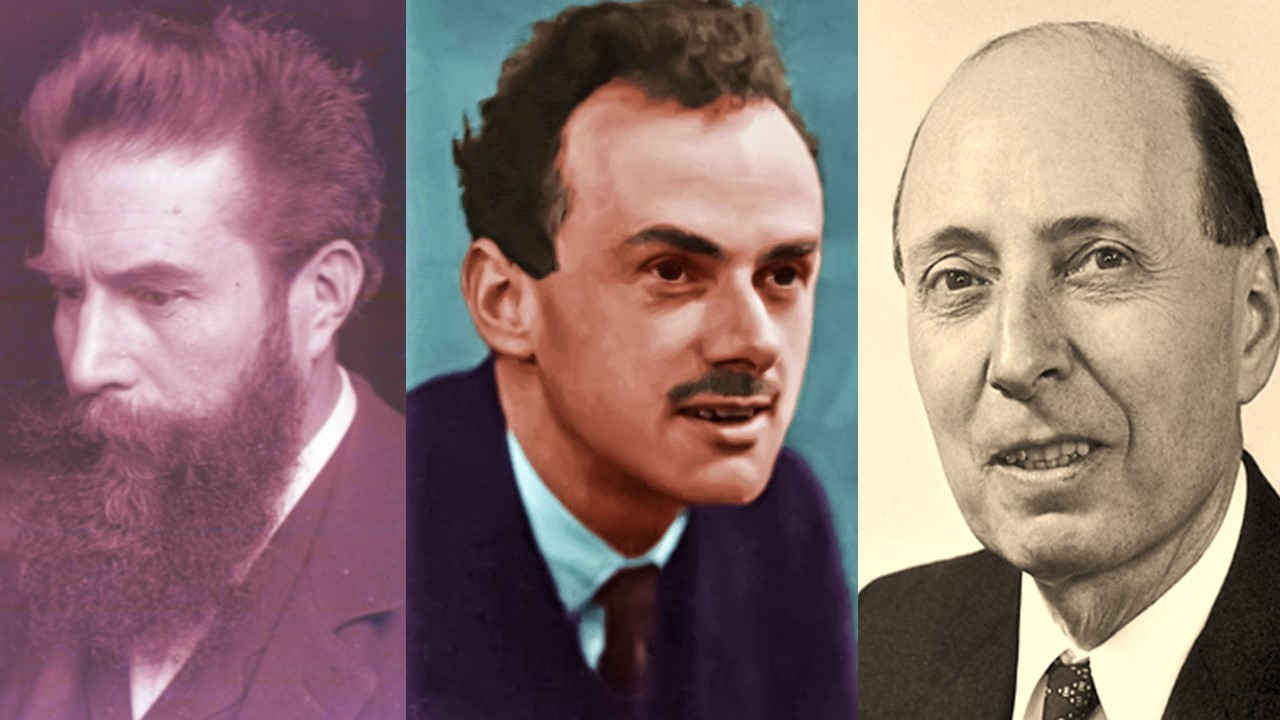
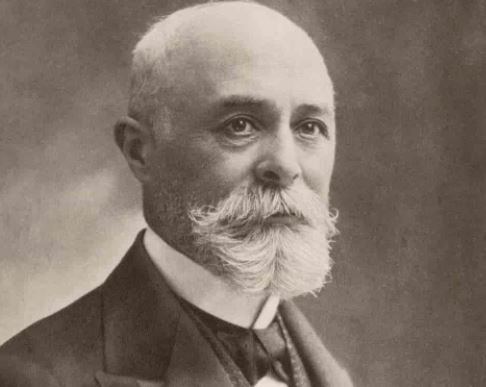




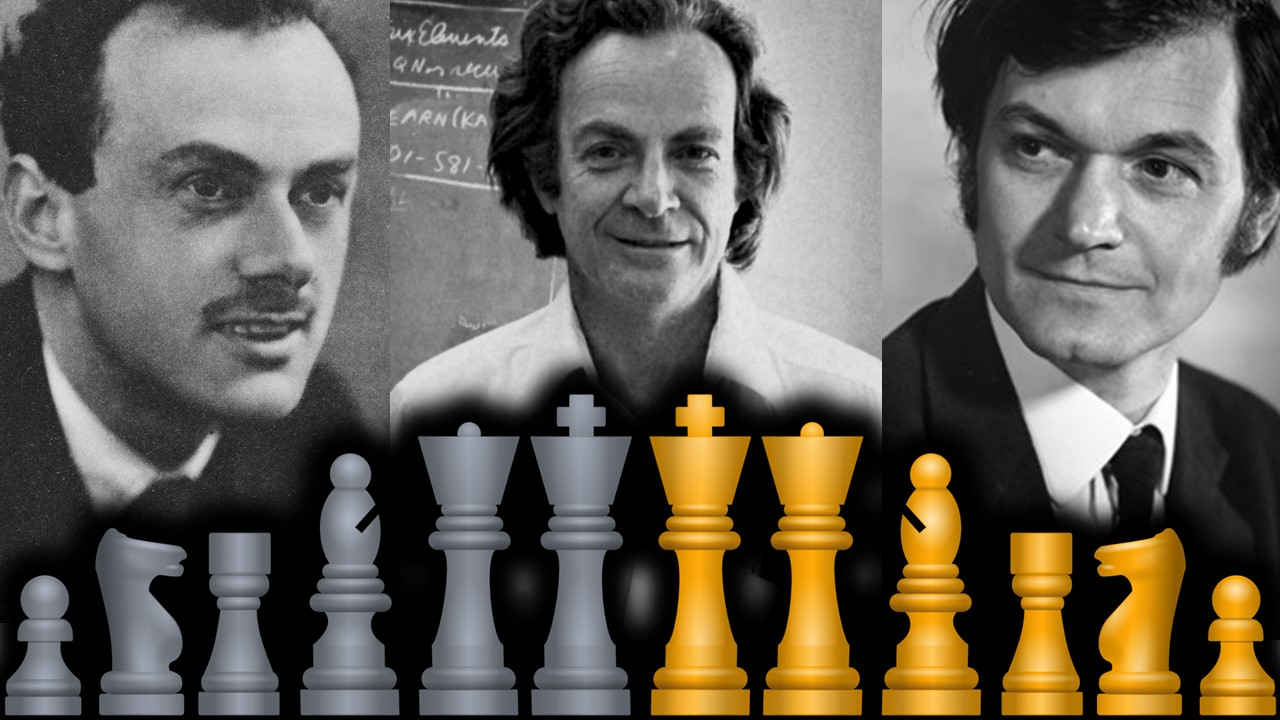
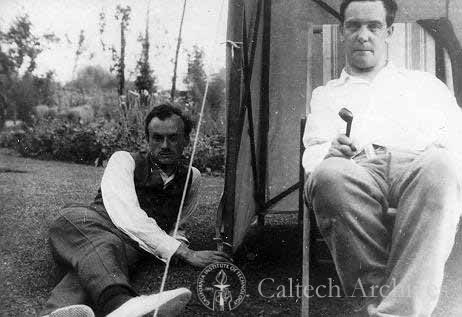
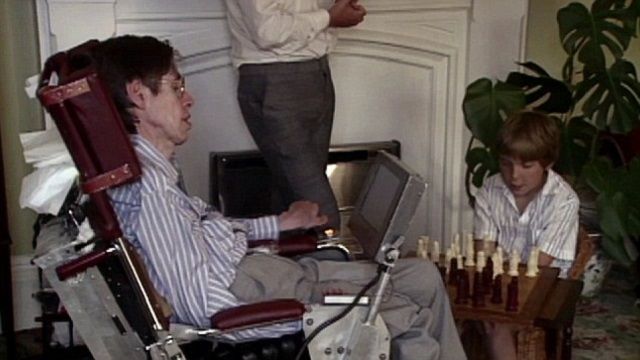
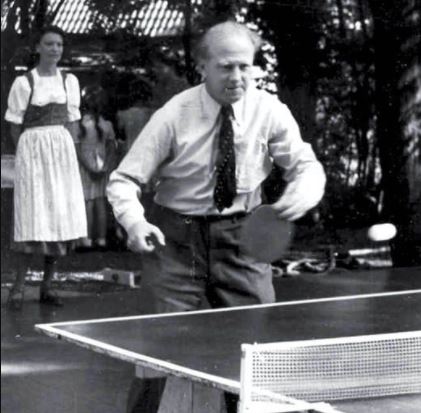
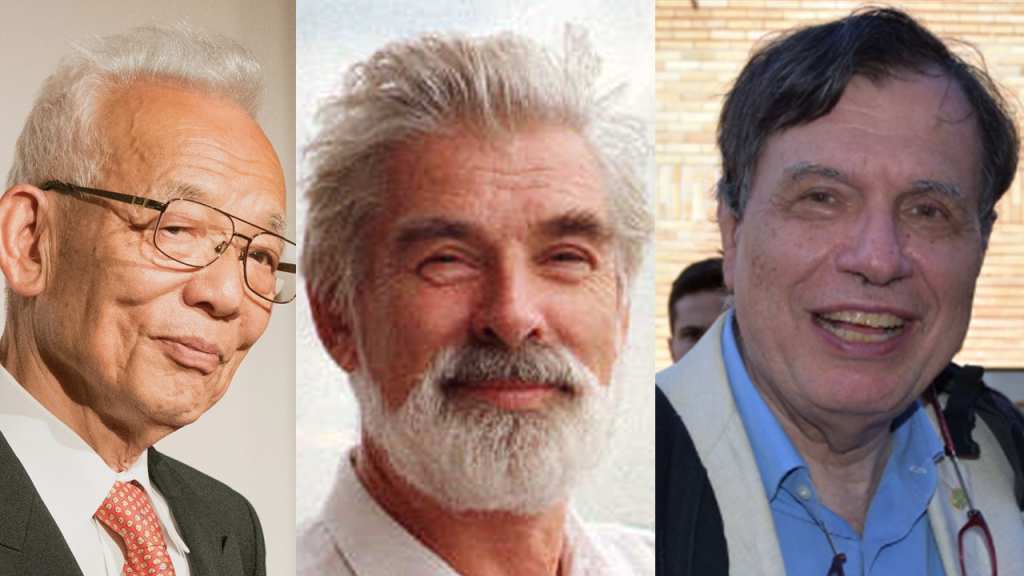







 Physics, astronomy and science history blog for students
Physics, astronomy and science history blog for students